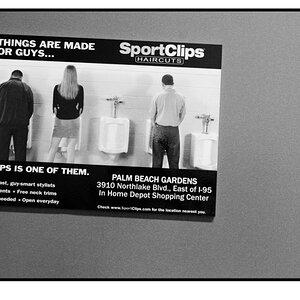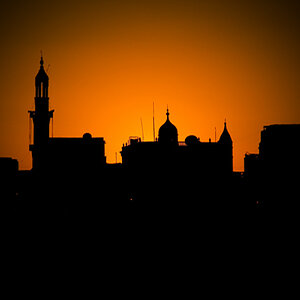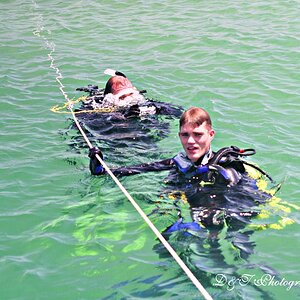Winona
Been spending a lot of time on here!
- Joined
- Mar 1, 2018
- Messages
- 1,613
- Reaction score
- 890
- Can others edit my Photos
- Photos OK to edit
Hi. I know my camera is old, but I want to learn on this before deciding what my new one will be. Today I was shooting RAW plus JPEG and practicing bracketing. I am trying to practice something until it is second nature and move on in order to learn the camera. Anyway, I took 3 shots, started to take a different view and the camera froze. The light indicated it was busy. It was 32 degrees and my battery is old. I have a Canon T2i. Is this normal, my camera, my battery? I guess I need to slow down using RAW. Thanks.


![[No title]](/data/xfmg/thumbnail/32/32699-3434a76363cb383404e00a3cd5ed5728.jpg?1619735601)

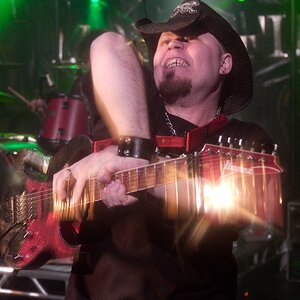
![[No title]](/data/xfmg/thumbnail/37/37604-7ad625e983f92f880eb65a264eeef5e4.jpg?1619738148)
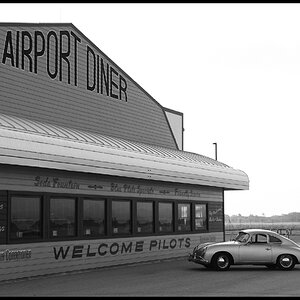
![[No title]](/data/xfmg/thumbnail/32/32702-7344d6e6132276dd7bfc046084fea432.jpg?1619735604)
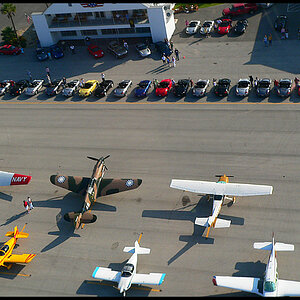
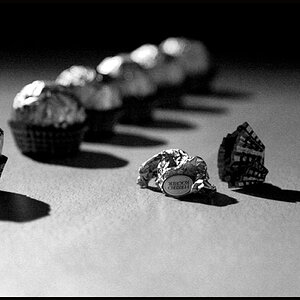
![[No title]](/data/xfmg/thumbnail/35/35965-cac1057a7f2dd8e8aeeefed50ae8c080.jpg?1619737282)
